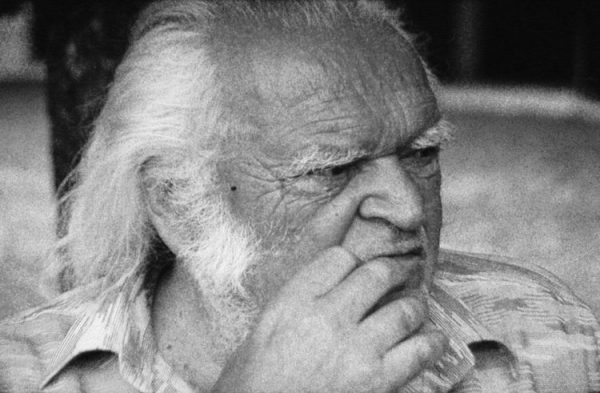Mario Merz was a leading figure in Arte Povera, a movement that revolutionised artistic language through the use of simple and natural materials, exploring themes such as energy, organic growth and the relationship between man and nature. His famous igloo structures, a symbol of refuge and connection between interior and exterior space, are among the most iconic works of the 20th century.
In 2022, on the occasion of the reopening of Cai Guo-Qiang's UMoCA - Under Museum of Contemporary Art, a large exhibition dedicated to Mario and his wife Marisa Merz. The exhibition, set up in the museum's arcades, brought their artistic research into dialogue, creating an immersive journey between Mario's impressive installations and Marisa's refined works, emphasising their unique contribution to contemporary art.
Mario Merz (Milan, 1 January 1925 - Milan, 9 November 2003) was an Italian artist, one of the main exponents of Arte Povera. After joining the Resistance and discovering a passion for drawing in prison, he abandoned his medical studies to devote himself to art. In the 1950s he began with expressionist painting, but from the 1960s onwards his research shifted towards volumetric installations and the use of simple materials, resulting in iconic works such as igloos and Fibonacci number sequences, symbols of growth and the connection between art and nature. His career was marked by major international exhibitions, including Documenta in Kassel, the Venice Biennale and a retrospective at the Guggenheim in New York. In 2022, on the occasion of the reopening of Cai Guo-Qiang's UMoca - Under Museum of Contemporary Art, an exhibition was dedicated to him and his wife Marisa Merz in the museum's arcades, celebrating their contribution to contemporary art.
taken from treccani.it

